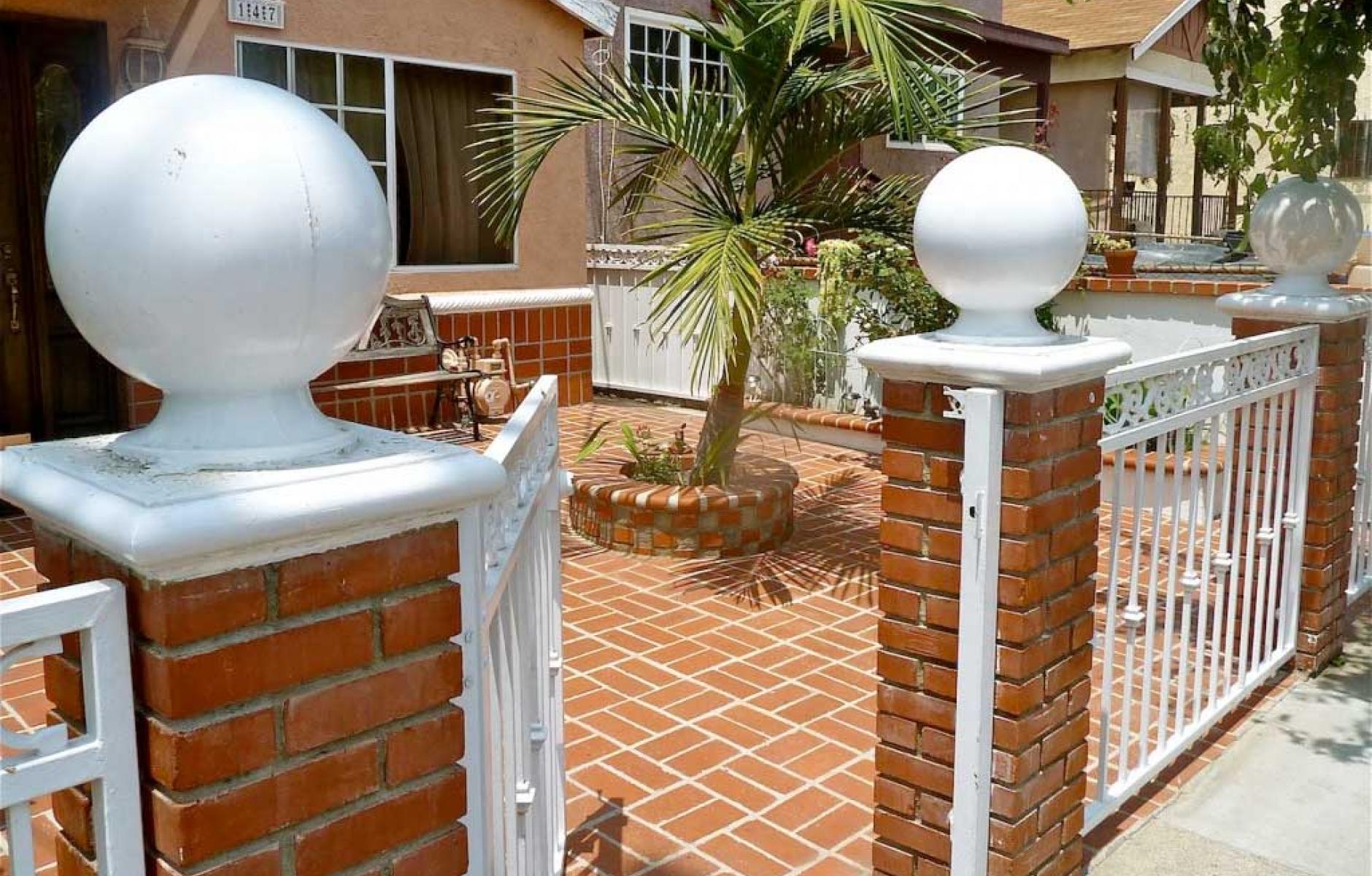
How Latinos shape the American suburb
Latino immigrants are reshaping the American suburban landscape in ways that deserve any planner’s attention — not because this reshaping needs to be curbed, but because it offers unique learning lessons in how to improve the sustainability of the American suburb in simple and low-tech but effective ways.
We can zoom in and look at key elements of this landscape, how they are being modified, and, in particular, how they are affecting rates of water consumption, patterns of mobility, and social interactions.
To understand the underpinnings of these changes we need to first understand the Spanish Law of the Indies, as its influence has been particularly lasting on Latin American settlements and their inhabitants. The law was essentially a master urban design plan for every Spanish settlement in the New World. The focal point of each new settlement would be the plaza, around which would be centered government, economic, cultural, and social activities and uses. Rather than relegate housing to far-flung areas of the settlement, it would be mixed in with the plaza uses and structures and then emanate outwards from them.
The result was essentially a master-planned “mixed-use” development before mixed-use was a term and a thing.
Correspondingly immigrants from these parts of the world bring an approach to and conception of suburban and urban life that is hugely influenced by the Law of the Indies and its resulting development patterns. And this is now having a significant influence on the reshaping of the suburban American front yard, use of fences, and patterns of consumption and living arrangements.
Front Yards
The American front yard has traditionally been treated as purely an aesthetic space. You can trace its roots to the English countryside and the idea of the idyllic cottage sitting within a vast pastoral landscape. This stands in stark contrast to the Spanish approach to front yards, where the zero-lot-line courtyard-apartment model has historically been the fundamental building block of cities and settlements.
Many Latino immigrants bring this approach to the front yard when they move here, fencing the yard in, removing much or all of the lawn, adding in hardscape, trees and potted plants, seating, and fountains — in essence, transforming the yard into a courtyard or plaza. Not only is the aesthetic result quite different from that of a traditional American front yard, but the transformation serves to seriously reduce the parcel’s overall water consumption by removing turf and concentrating vegetation in discreet areas, and by using water for specific sensory and decorative elements such as fountains.
Food for thought for policymakers: This courtyard approach can lead to an increase in impermeable surfaces, thereby potentially causing problems relating stormwater retention. Are there ways to allow for this new approach to front yards while ensuring that much of the lot surface remains permeable?
Fences
In the US we have been schooled to think of front-yard fences as both barriers and indicators of unsafe neighborhood conditions. However, in Latino immigrant neighborhoods, fences take on a much different role. They not only serve to transform the front yard into a courtyard, but they create a clear but permeable division between the public and private realms. As a result, residents can frequently be seen talking to neighbors or passersby through these fences.
Others transform the fences into informal display spaces for the selling of goods. For pedestrians walking by, they experience a greater sense of enclosure, are provided with much more visual interest, and are given the impression of walking faster than they actually are. In essence, the fences function spatially in much the way that a row of zero-lot-line buildings would and can make walking a more inviting experience in an otherwise car-oriented environment.
Food for thought for policymakers: Large front-yard setbacks make the walking experience uninviting, oftentimes uncomfortable, and frequently dull. What other elements besides front-yard fences could help create soft but discernible definitions between the public sidewalk and the private front yard to help make walking a more viable transportation option?
Grocery and food trucks
As many American urban and suburban neighborhoods are mono-use and more spread-out than some of their global counterparts, driving is oftentimes necessary for attending to one’s everyday needs. However, in many Latino immigrant communities, car ownership is low. To solve a spatial problem, grocery trucks are a frequent sight in these neighborhoods. Rather than trek to the far-flung grocery store, the grocery store comes to them, thereby significantly reducing vehicle miles traveled and creating temporary spaces of commercial and pedestrian activity.
Food for thought for policymakers: Many suburban zoning laws prohibit food trucks. Is there a way to modify zoning laws to allow for certain kinds of food trucks that could help reduce vehicle miles traveled?
Multigenerational housing
While many young Americans are now living at home for longer, multigenerational housing arrangements in Latin American cities have long been the norm, and these arrangements are now quite common in Latino homes in the US. Families might build an additional dwelling unit off the back of the house, or convert a portion of the garage into additional living space.
Whatever the spatial arrangement, the cultural result is groups of people who are quite used to living in denser living arrangements and with family.
Food for thought for policymakers: Large numbers of people living in suburban homes can result in huge numbers of cars in driveways and on the street. Are there ways of creating incentives for car-sharing services and mobile-responsive shuttles that can efficiently transport people in lower-density suburbs and thus reduce the need for each household member to own a car?
Further reading and information:
This article first appeared on Sustaining Places.





